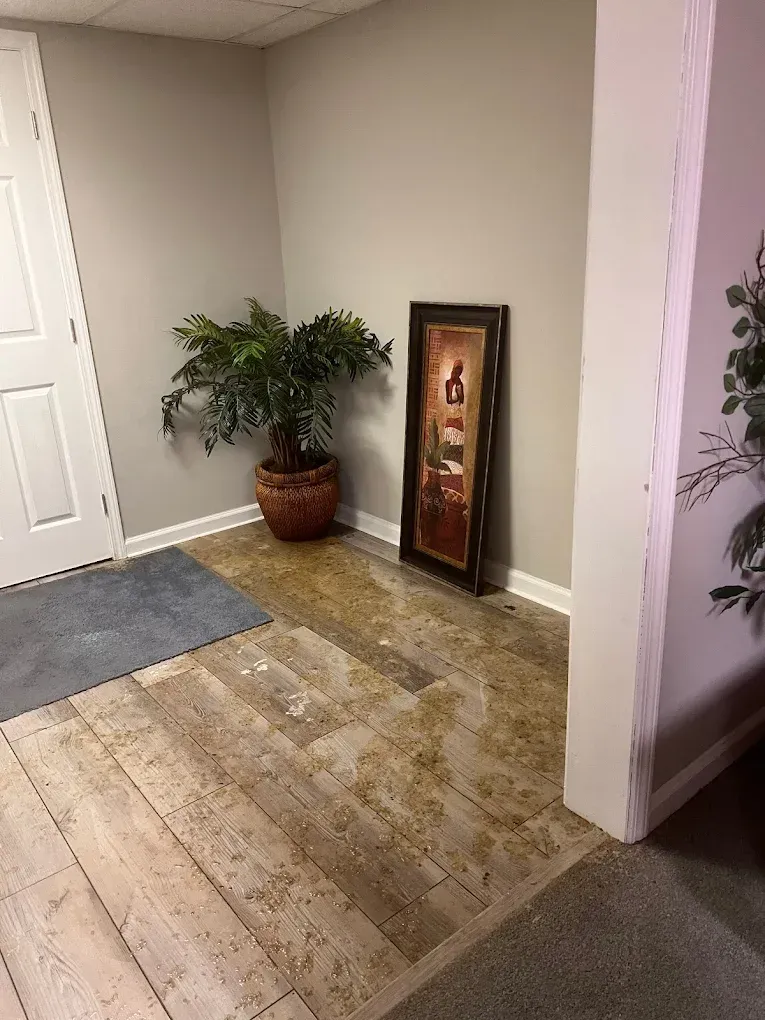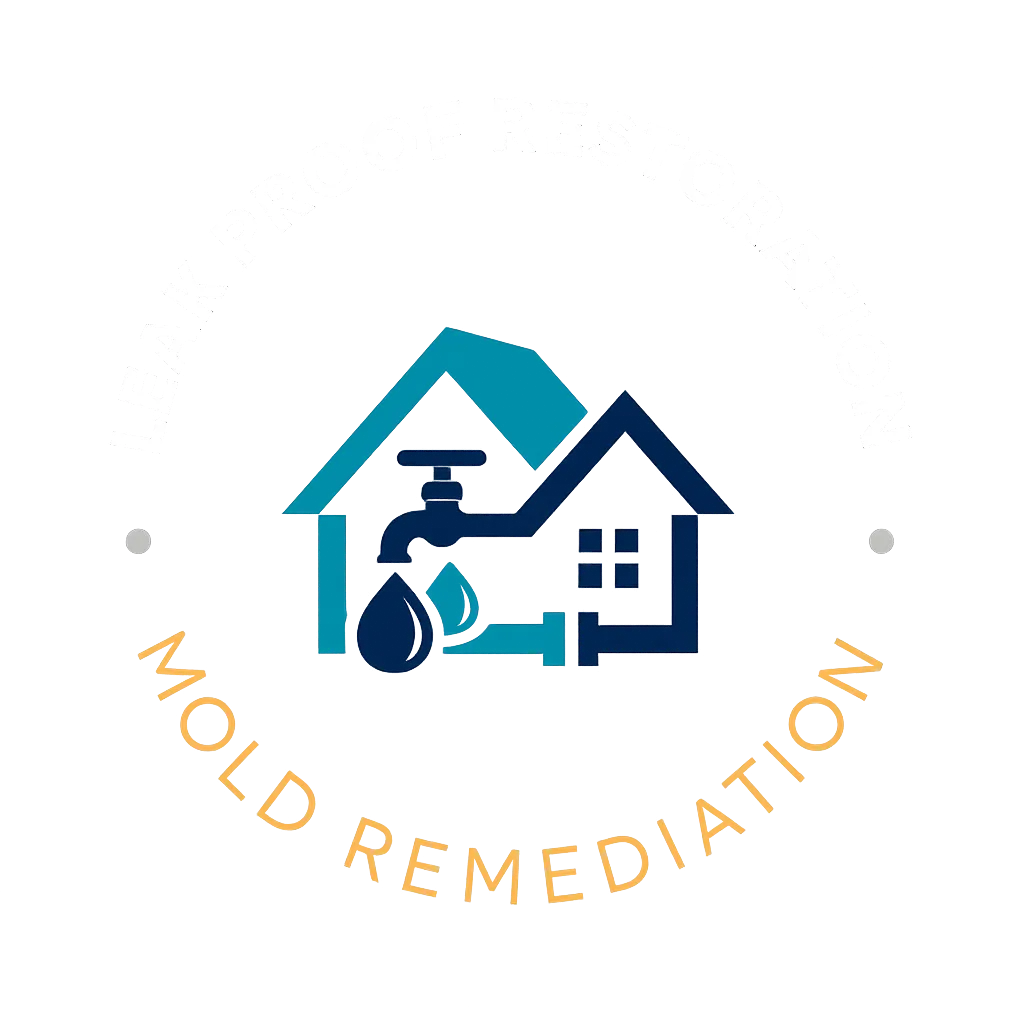
How to Repair Water-Damaged Drywall After a Leak | Leak Proof Restoration
How to Repair Water-Damaged Drywall After a Leak
Water damage is one of the most common restoration issues homeowners face. Whether caused by a leaking pipe, roof, or overflowing appliance, water can quickly ruin drywall, leading to stains, soft spots, or even mold growth if not handled promptly. The good news is that repairing water-damaged drywall is manageable with the right tools and methods. Here’s a detailed guide to help you restore your walls safely and effectively.
Step 1: Identify the Source of the Leak
Before beginning any repairs, find and fix the source of the water intrusion. It could be a burst pipe, a roof leak, a window seal issue, or a plumbing fixture. If the leak continues, any repairs you make will be temporary. Once the source is fixed, give the area at least 24 to 48 hours to dry before starting work.
You can use a moisture meter to check for hidden dampness behind walls or ceilings. If moisture remains trapped, it can lead to mold or additional deterioration.
Step 2: Assess the Damage
Next, evaluate how much of the drywall is affected. Minor water stains or slight warping might only require surface treatment. However, if the drywall feels soft, crumbly, or sagging, you’ll need to replace the damaged section.
Mark the area with a pencil to determine how much drywall needs to be cut out. Always check behind the wall for wiring, plumbing, or insulation before cutting.
Step 3: Gather the Necessary Tools and Materials
Having the right materials ready will make the process smoother. You’ll need:
Utility knife or drywall saw
Drywall sheets
Drywall screws or nails
Joint compound
Putty knife
Drywall tape
Sandpaper or sanding sponge
Paint and primer
Measuring tape
Screw gun or drill
If the damage involved contaminated water (such as from a sewage backup or flood), it’s best to call a professional restoration company to ensure safe cleanup.
Step 4: Cut Out the Damaged Drywall
Use your utility knife or drywall saw to cut around the damaged area. Make clean, straight cuts and remove the wet drywall carefully. Cut at least 2 inches beyond the visibly damaged section to ensure you remove all weakened material.
Once the piece is removed, inspect the wall cavity for mold or damp insulation. If insulation is wet, remove and replace it. Clean any mold with a mix of water and mild detergent or a specialized cleaner.
Step 5: Dry the Area Thoroughly
Before installing new drywall, the area must be completely dry. Use fans, a dehumidifier, or even a hair dryer on low heat to speed up drying. Proper drying prevents mold and ensures the new drywall adheres correctly.
If you have a moisture meter, check that the surrounding materials read below 15% humidity before proceeding.
Step 6: Measure and Cut the Replacement Piece
Measure the opening and cut a new piece of drywall to fit the space. For best results, cut the replacement slightly smaller than the opening so it fits snugly without forcing. Use drywall screws or nails to secure it to the wall studs, spacing them about 8 to 12 inches apart.
If the opening is large, consider installing a small backing board or piece of wood behind the wall to screw the new drywall into for extra support.
Step 7: Apply Drywall Tape and Joint Compound
Once the replacement piece is secured, use drywall tape to cover the seams. Apply a layer of joint compound over the tape using a putty knife. Smooth it evenly, feathering the edges outward to blend with the existing wall surface.
Allow the compound to dry completely, which usually takes 12 to 24 hours depending on the product. After it dries, lightly sand the area to create a smooth surface. Apply two or three additional coats of compound, sanding between each layer until the repair is seamless.
Step 8: Prime and Paint the Wall
Once the surface is smooth, it’s time to restore the appearance of your wall. Apply a high-quality primer designed for stain and moisture resistance. This helps seal the repaired area and prevents future discoloration.
After the primer dries, paint the wall using the same color as the surrounding area. If the entire wall is faded or stained, consider repainting the entire surface for a consistent finish.
Step 9: Prevent Future Water Damage
After repairing your drywall, take preventive steps to avoid the same problem in the future:
Inspect your plumbing regularly for signs of corrosion, leaks, or loose fittings.
Seal windows and doors to prevent rainwater intrusion.
Clean gutters and downspouts to ensure proper drainage.
Install a leak detection system for appliances and plumbing lines.
Keep humidity levels in check using a dehumidifier if necessary.
Step 10: When to Call a Professional
While small drywall repairs can be a DIY project, some cases require professional help. If the water damage extends over a large area, has soaked into structural materials, or involves mold growth, it’s best to hire a certified restoration company.
Professionals use industrial-grade drying equipment, infrared moisture scanners, and specialized cleaning products to ensure complete restoration. They can also help with insurance claims and documentation.
Conclusion
Repairing water-damaged drywall requires patience, precision, and attention to detail. By identifying the source of the leak, removing all damaged material, and taking time to properly dry and finish the area, you can restore your home to a clean and safe condition. Acting quickly not only prevents mold growth but also saves money in the long run. For major or recurring water damage, contacting an experienced restoration team like Leak Proof Restoration ensures that the job is done correctly and your home remains protected from future problems.
